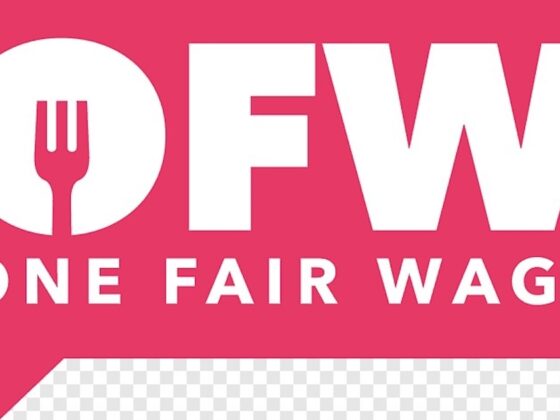
When things go wrong for your customer, that’s when you have the best opportunity to prove how good you really are. Anyone can look good when everything is running smoothly, but your true customer service “chops” show up during a service failure.
I recently went to a doctor’s office for an appointment. I arrived early to check in. The nurse at the desk was – no exaggeration – horrified that she had to tell me there was a glitch in the scheduling software, and my appointment had to be rescheduled. While some people might have taken a, “That’s too bad … it happens attitude,” she couldn’t have been more apologetic, showing tremendous empathy, and immediately went to work to find another time for me to return to see the doc.
I was at a restaurant and ordered a sandwich without mayonnaise. (I hate mayonnaise!) Of course, the sandwich came out slathered with mayo. The server spotted the mistake while setting the plate down in front of me. Before it even hit the table, she put it back on her tray. She served the rest of the food to everyone else at the table, and like the nurse who had to reschedule my appointment, she apologized and showed empathy. She immediately went to the kitchen to fix the problem. Several minutes later, I had a perfect sandwich.
After both of these experiences, I received email messages asking me to complete a short survey. I gave each of these people and businesses a perfect, five-star rating. It wasn’t that they were flawless. In both cases, mistakes were made. But they each made a flawless recovery. In both situations, they didn’t offer a refund or anything for free. They just fixed the problem – but they did it with style. And when someone cares as much as these ladies did, how could I stay mad at them?
One important point: For this approach to work, problems have to be rare, not frequent, occurrences. No matter how nice employees are or how well they handle issues and complaints, if problems happen regularly, customers won’t trust the company. Excellence in recovery can only overcome occasional failures, not “systematic” ones.
I don’t need to rehash my Five Steps to Handling a Moment of Misery (Complaint), but it’s important to point out that both people handled the problems well. Rescheduling an appointment seems like a bigger issue than remaking a sandwich, but that’s not the point. The point is they both fixed the problem, and the attitude they took while doing so became even more important than the fix.
Both of these stories illustrate how, when you really care, you can win back your customer. A mistake isn’t the end of your relationship with a customer. Handled the right way, it’s an opportunity to build trust and loyalty by showing how good you really are when things don’t go according to plan.
Shep Hyken is a customer service/CX expert, award-winning keynote speaker, and New York Times bestselling author. Learn more about Shep’s customer service and customer experience keynote speeches and his customer service training workshops at www.Hyken.com. Connect with Shep on LinkedIn.










